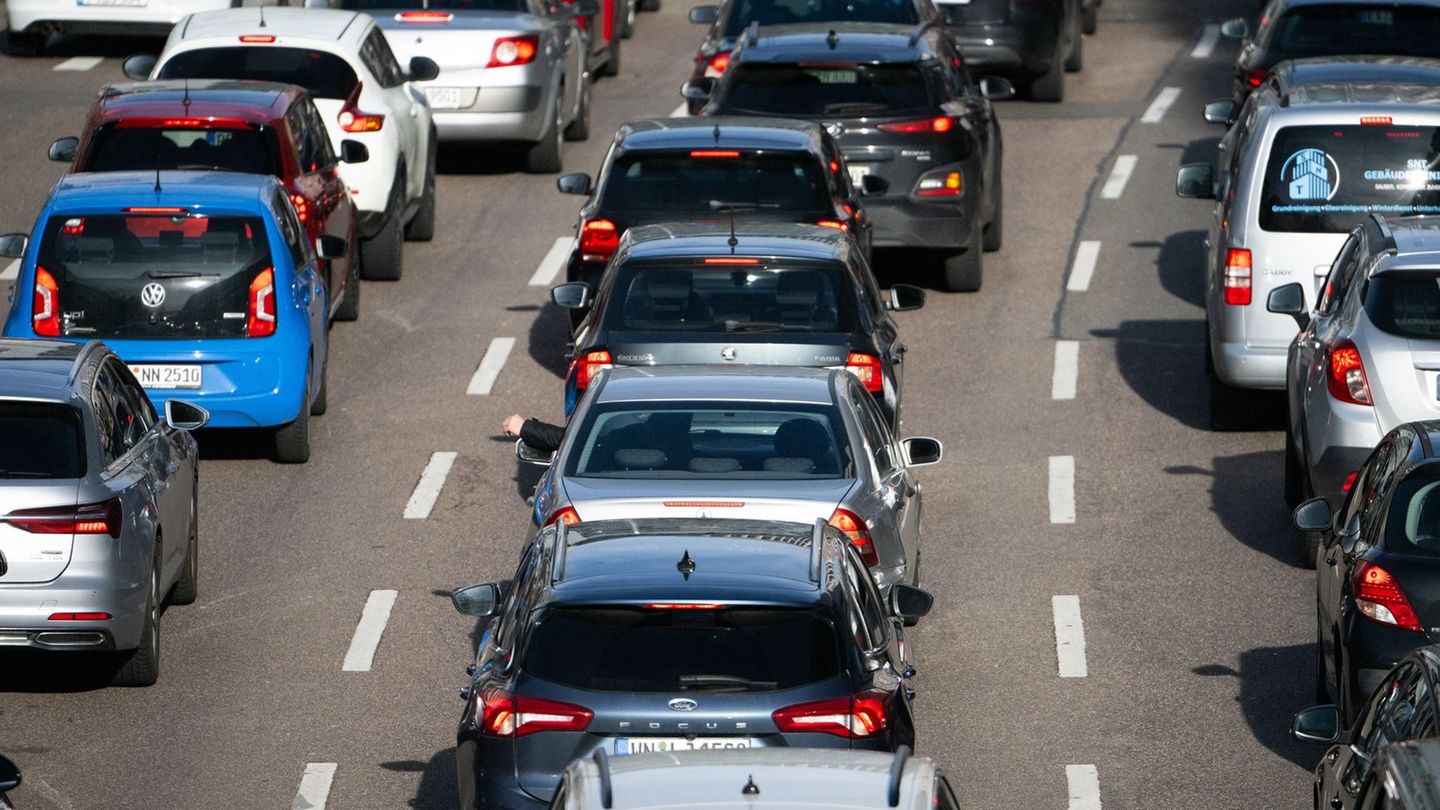Aircraft with four engines are among the discontinued models in aviation. But the upheavals caused by Corona and war make the use of giant jets like the Airbus A380 seem economical again.
Those who are said to be dead fly longer – this has been the case at Lufthansa since this week for the Airbus A380, the largest passenger aircraft ever built in the world, which has actually already been retired.
Contrary to earlier announcements, the giant aircraft mothballed in the Corona doldrums is suddenly playing a role again in the planning for the upcoming summer flight schedule from April 2023. The currently high demand on long-haul routes and significant delivery problems at the US manufacturer Boeing have the Lufthansa Executive Board prompted to turn around.
The Americans have production and approval problems and keep pushing back the delivery dates for their long-haul jets. Last November, the head of the commercial aircraft division, Stanley Deal, promised the launch customer Lufthansa in Frankfurt that the new 777-9 with around 400 seats would be delivered in 2023. In the meantime, it has become 2025, and the crane airline is still waiting for its first Dreamliner of the smaller Boeing 787 type.
Due to the acute shortage of aircraft, the A380s parked in Teruel, Spain, are to be technically reactivated at a cost of millions. Insiders report that the Airbus manuals require thousands of man-hours of work and checks before they can take off again. Lufthansa also only has 14 pilots on board who have a valid license for the former flagship. Flight attendants and mechanics also have to renew their permits – and are then missing from ongoing service, which is currently not running smoothly anyway.
Eight machines
The airline still has eight of the original 14 A380, because the manufacturer Airbus took back six machines at an undisclosed price. With more than 500 seats in the comparatively generous Lufthansa seating, they only had to be filled with enough passengers on a few connections so that the individual flights were economically worthwhile and also did not pollute the environment excessively.
These arguments could also be used again quickly when the situation calms down and enough new aircraft are available. When that will be and when the A380 has done its duty as a stopgap is an open question worth millions. “At the moment, the A380 is the only way for Lufthansa to offer enough capacity on certain routes and not leave the market to the competition,” says Gerald Wissel from the Airborne consultancy.
Well before the pandemic, Airbus had announced the end of production of the A380 in February 2019 because demand had collapsed. Only 14 customers worldwide opted for the technically highly acclaimed aircraft. After 251 examples, an era came to an end at the Hamburg-Finkenwerder plant in December when the last A380 was handed over to Emirates. Competitor Boeing has also refrained from developing a successor to the legendary 747 jumbo, of which more than 1,500 have been built since 1969.
Four-rayed giant birds
It is still unclear how many of the Airbus large aircraft will actually return to scheduled operations with Lufthansa and whether they will take off from Frankfurt or Munich. Better international networking and the gigantic A380 maintenance hangar on the airport site speak in favor of the Rhine-Main metropolis. Internally, it is expected that around half of the mothballed machines will go back into service. According to the Cockpit Association, at least 20 pilots and co-pilots would have to be trained for each one.
With its return to the four-rayed giant birds, Lufthansa is by no means alone internationally. British Airways has reactivated its A380s, and its largest superjumbo customer, Emirates, wants to get its entire fleet back in the sky as soon as possible. The Arabs took delivery of no fewer than 123 of the 251 A380s ever built. In addition, Qatar, the Japanese ANA, Qantas and Singapore Airlines are also sending the giant aircraft on long journeys again. Emirates boss Tim Clark sees huge additional demand until the mid-1930s, while the industry only offers small aircraft. Clark recently told the airlineratings.com portal that he would like a new A380 that is twice as large and possibly has three engines.
The former A380 captain Uwe Harter from the World Pilots Association Ifalpa is pleased about the return of the giant jet, which is also popular with customers, in Germany. “That proves that a sustainable upswing is expected.” If the planes can be filled again, he expects another five to ten years of operation. “Ultimately, it comes down to customer demand.” He is convinced that the aircraft would not survive another corona shock or a comparable cut.
Source: Stern
Jane Stock is a technology author, who has written for 24 Hours World. She writes about the latest in technology news and trends, and is always on the lookout for new and innovative ways to improve his audience’s experience.




